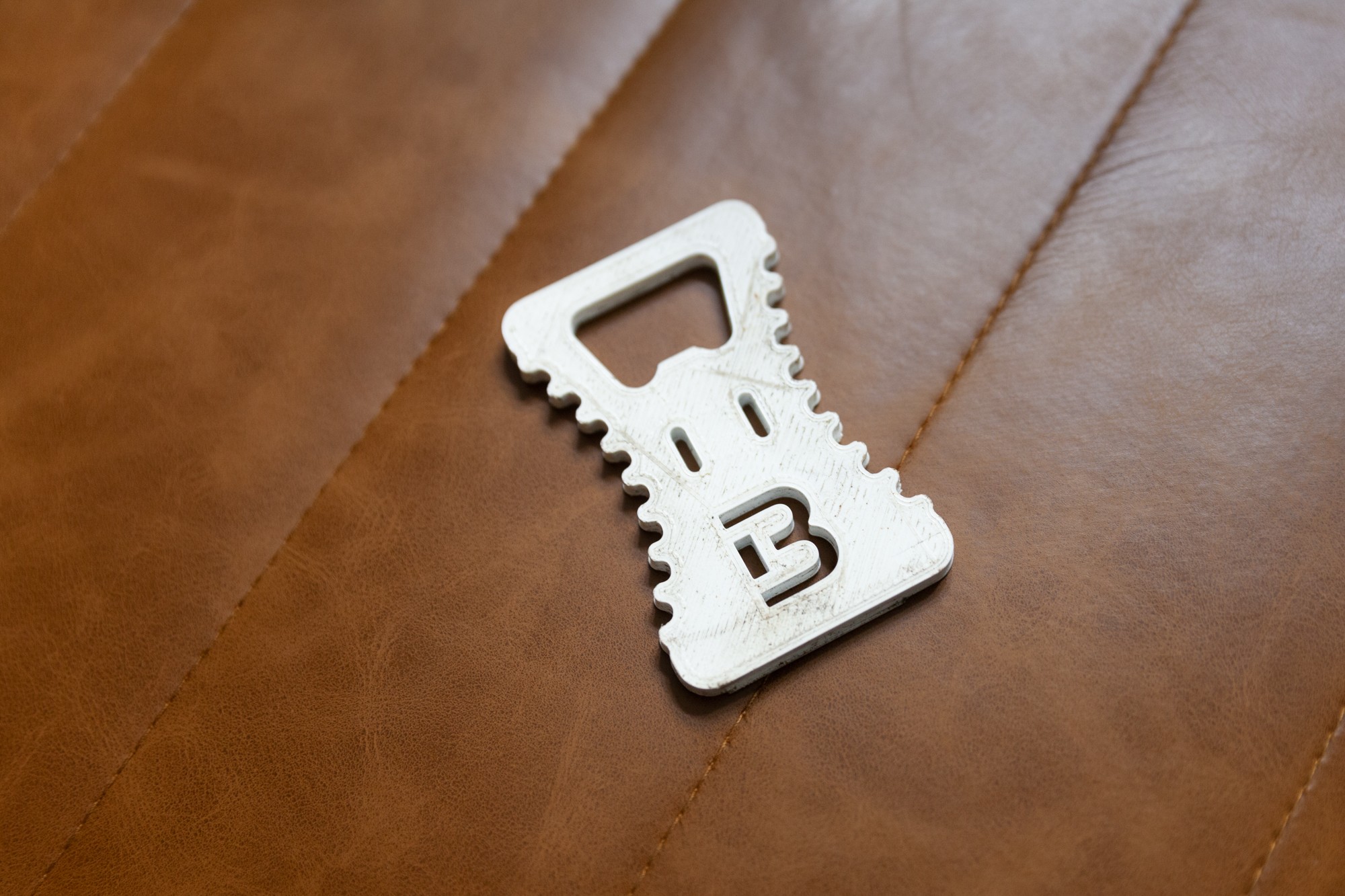Is a critical interior component of your beloved car, after decades of sun exposure, suddenly crumbled? Finding replacement parts for classic or older vehicles can be a nightmare, often expensive and with no guarantee of longevity. Imagine a device that could create an exact replica of the broken piece with just a few clicks, much like a Star Trek Replicator.
Well, that futuristic vision is closer to reality than you might think, thanks to 3D printing.
With a 3D printer and freely available designs from online platforms like Thingiverse, you can produce a wide range of car parts. From custom cold-air intakes and unique body modifications to specialized tools for challenging repairs, the possibilities are vast. There are even examples of enthusiasts 3D printing entire hardtops for their cars. Your creativity and 3D modeling skills are the primary limits. Even established automotive platforms have embraced this technology as a solution for keeping vintage vehicles running.
Consumer 3D printers have become increasingly accessible over the last decade, driving down costs significantly. A reliable 3D printer is now available for under $300, making it a valuable addition to any DIY mechanic’s workshop. This guide will walk you through the essentials to begin your journey into 3D printing car parts.
Understanding 3D Printers for Car Parts: FDM Technology
For this guide, we’ll concentrate on Fused Deposition Modeling (FDM) printers, the most suitable entry-level option for creating car parts and widely used by beginners.
FDM printers operate by feeding plastic filament through a heated nozzle. This nozzle melts the plastic and precisely deposits it layer by layer onto a build plate, following the design of your 3D model. This additive process gradually builds your part from the ground up.
The FDM market offers a plethora of brands and models. A popular choice is the Creality Ender-3, favored for its affordability (around $200) and strong user community support. While assembly can be a bit intricate due to numerous components and somewhat unclear instructions, the online community provides extensive assembly guides, troubleshooting tips, and recommendations for upgrades. These upgrades range from glass print beds for enhanced print consistency to bed leveling sensors, simplifying the printer setup.
Other reputable printers, like the Prusa Mini Plus and the Flashforge Finder 3, offer a more user-friendly, “plug-and-play” experience, although typically at a slightly higher price point.
Choosing the Right Material: Filament Types for Car Parts
Once you have a printer, you’ll need filament. Online retailers offer a vast selection of colors and materials. For entry-level machines, the three most common and easily printable plastic filaments are PLA (Polylactic Acid), ABS (Acrylonitrile Butadiene Styrene), and PET-G (Polyethylene Terephthalate Glycol-modified). Each has distinct properties, making them suitable for different automotive applications.
PLA is ideal for prototyping and creating mock-ups. It’s inexpensive, typically around $20 per 1-kg roll, and readily available. However, PLA’s weak heat and UV resistance make it unsuitable for under-hood or exterior car parts that are exposed to high temperatures or sunlight.
ABS filament offers superior heat and wear resistance, making it suitable for many automotive applications. Its cost is comparable to PLA. However, ABS can be more challenging to print with, as it tends to shrink and warp during cooling.
PET-G strikes a balance between PLA and ABS. It’s easier to print than ABS and offers better strength and durability than PLA. As expected, it is generally more expensive, but the improved properties often justify the cost for functional car parts.
Finding and Designing 3D Models for Car Parts
With your hardware and materials ready, you need 3D models to print. Thingiverse is an excellent starting point, a vast online repository of free, downloadable designs. Other platforms include GrabCAD and Thangs. If you own a popular vehicle like a Miata or BMW 3 Series, you’ll likely find a wide array of pre-designed parts, including door panel repair kits, brake cooling ducts, pedal spacers, cupholders, and shifter boot trims.
If you can’t find a pre-existing design for your specific car or part, you’ll need to create a 3D model yourself. Numerous free programs and online tutorials are available to learn 3D modeling. Fusion 360 is a recommended option, free for personal, non-commercial use. Mastering 3D design expands your possibilities, allowing you to create truly custom car parts beyond what’s readily available.
The Process of 3D Printing Car Parts
Before printing, you need to convert your 3D model into GCODE, a language that 3D printers understand. This is done using a “slicer” program, software installed on your computer. You import your design file into the slicer, select your filament type, and adjust print settings to control print quality and speed. The slicer then processes your design and generates the GCODE file. You can then transfer this file to your printer via an SD card or USB cable and start the printing process. Watching your digital design materialize into a physical part is a rewarding experience.
After a period away from 3D printing due to a printer malfunction, revisiting the process for this guide has rekindled my appreciation for this technology. The ability to create a tangible object from a digital design is incredibly satisfying, especially when it offers a cost-effective and convenient solution compared to sourcing rare or expensive replacement car parts.
Get creative and start modeling!
